A Tale of Two Cottages: In White and Black Roanoke, Efforts To Save History Take Distinct Paths
Determination to save the Washington Park cottage was spurred by historic renovation of another dilapidated house in Fishburn Park.
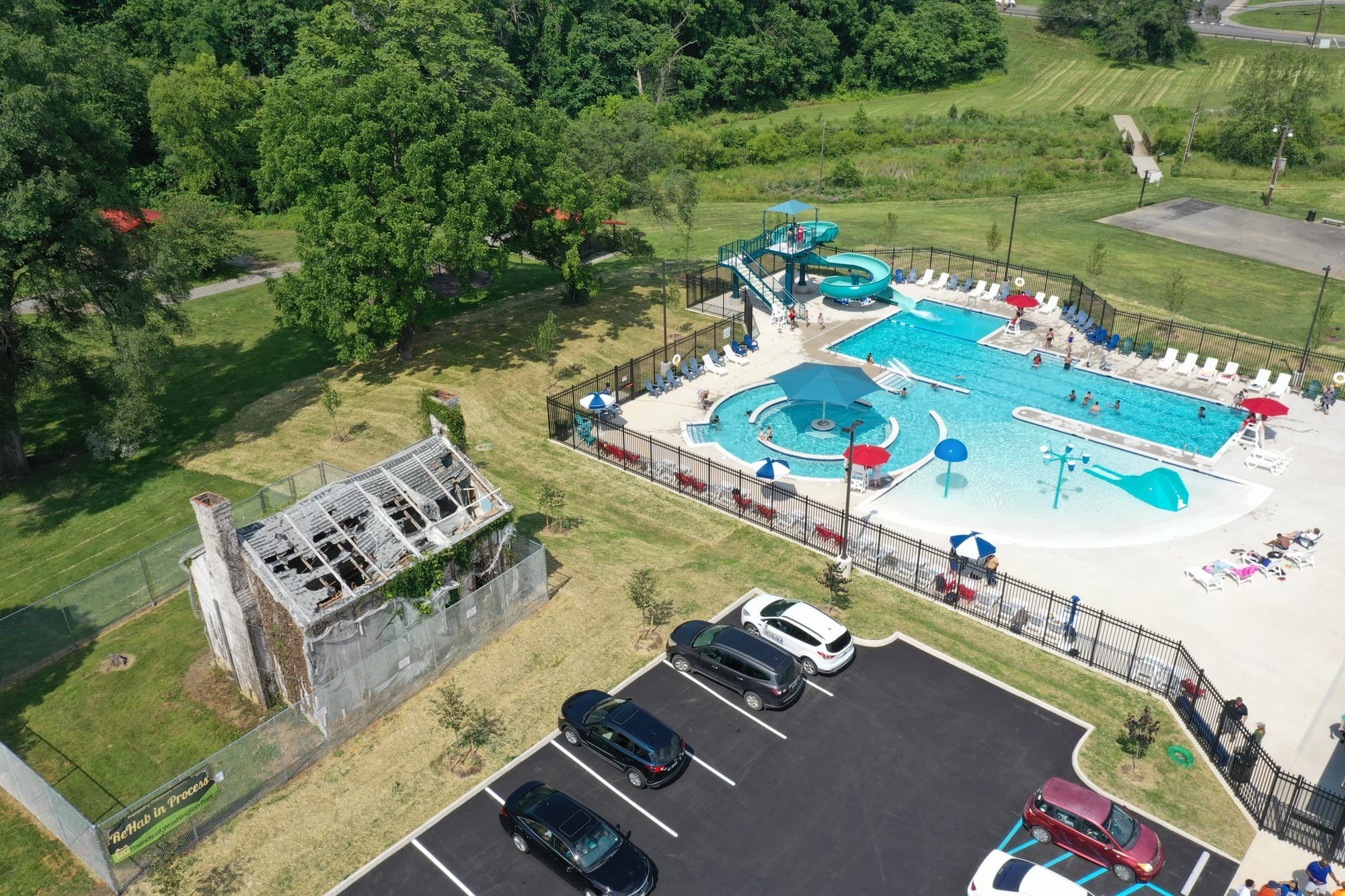
Under a blazing sun, children from Roanoke’s West End Center splashed in the water with delight.
They’d been waiting on two summers without a pool at Washington Park — and years of discussion about the need for a new facility.
“It is truly a great day to celebrate the completion of one of Roanoke’s most highly anticipated projects,” City Manager Valmarie Turner said of the $3.5-million project during a ribbon cutting Friday. “The new Washington Park pool is more than just a recreation upgrade. It’s a smart community investment in the quality of life.”
Just a few yards from the pool sat another debated potential investment: a house where the park’s caretaker lived during Jim Crow segregation. New fencing surrounded the dilapidated cottage, its crumbling roof exposed to the weather. The dichotomy was impossible to miss: A blighted building beside a brand new, state-of-the-art pool.
The cottage was headed toward demolition. But then the politics around it changed as a grassroots effort to save the almost 200-year-old cottage accelerated, grounded in preservation of Black history. And the determination behind that effort was helped by historic renovation of another dilapidated house in another city park a few miles away, on Brambleton Avenue.
At Fishburn Park, in the predominantly white Grandin Court neighborhood, part of the cottage has new siding approved for historic restoration. Insulation has been blown into the top floor. An expert found old bricks that were made by the Deyerle brothers — of the well-known Roanoke Deyerles. And the expert could distinguish which brother made which brick. A cabin hundreds of years old is coming back to its old self.
During a tour of the cottage Monday, owners Keri and Justin vanBlaricom said they hope their coffee shop, Fishburn Perk, will open by the end of the year.
The city sold the dilapidated cottage and 1.1 acres of park property to the vanBlaricoms for $10 in 2022, in exchange for their commitment to spend $150,000 on the renovation. It will be much more than that, Justin vanBlaricom said, closer to $500,000 or more.
The vanBlaricoms have been following the Washington Park situation and they say they hope a way can be found to save the cottage there. But they say doing any such project comes with challenges: What will be done with a preserved structure once it’s renovated? If the city keeps ownership of the Washington Park cottage, will it have the funding to do what is necessary?
“Restoring something and then letting it deteriorate again, that’s just throwing money down the drain,” Justin vanBlaricom said.
'You have to have park equity'
Cathy Carter, president of advocacy group Friends of Washington Park, said it’s not lost on her that the city sold the Fishburn Park cottage and land for $10 in a predominantly white part of the city.
“You have to have park equity,” she said.
There is no specific proposal at this point for the city to sell the Washington Park cottage, which enslaved laborers helped build in 1837, according to research by the Christiansburg Institute. The institute, a nonprofit with a mission of responsible stewardship of African American history and culture in Southwest Virginia, has filed for a grant on behalf of the Friends group.
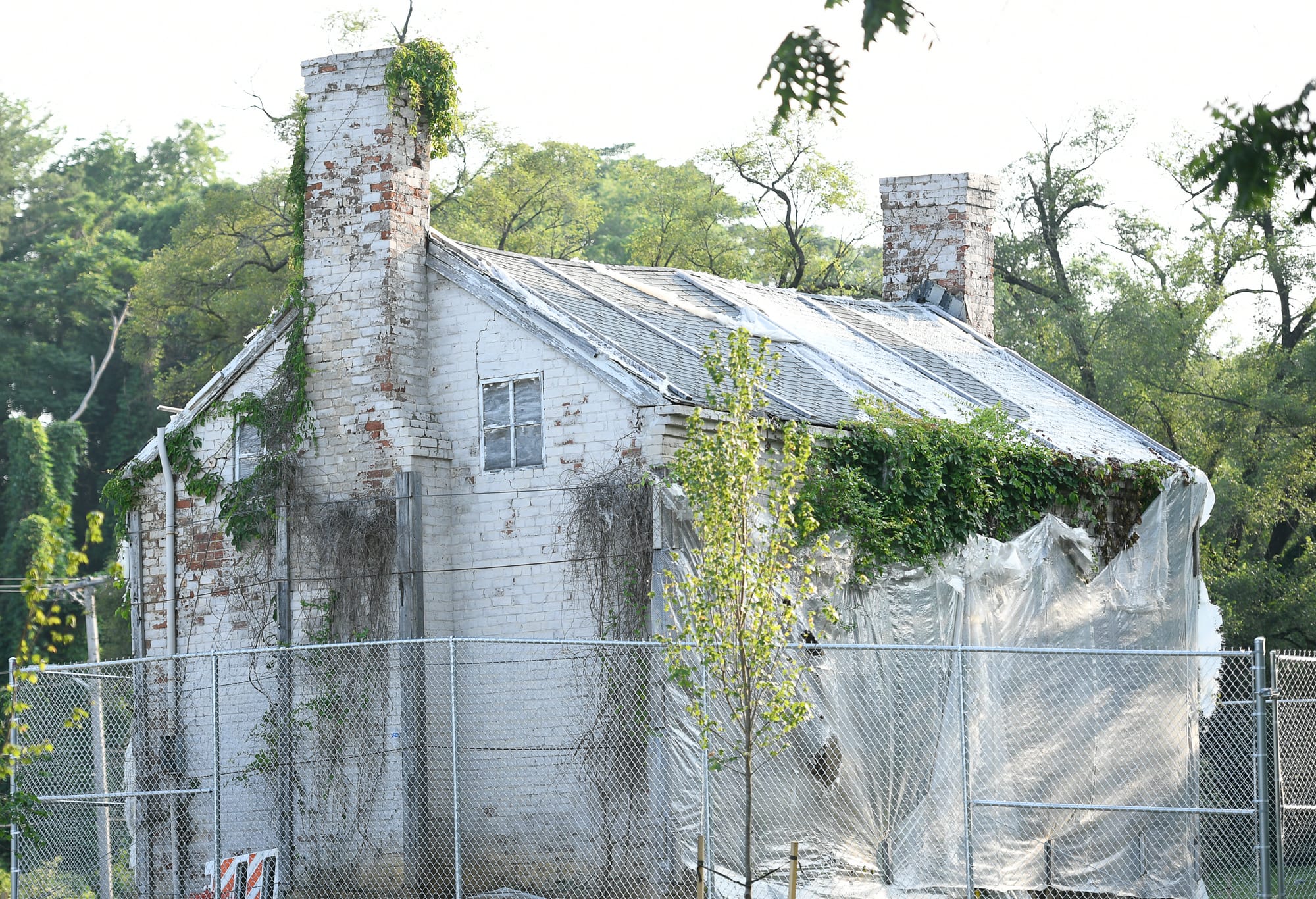
The group’s push is weighted heavily in a desire to save the structure because of what it means to Black history, not necessarily how much money a potential use could generate. The cottage stands in the first city park for Black residents off Orange Avenue, soon to celebrate its 102nd anniversary.
Carter and other Friends group members say the Fishburn Park cottage preservation created energy for them to push for the same to happen in Washington Park.
A new majority on Roanoke City Council, all of whom took office this year, has been more amenable to finding a way to save the cottage.
A previous council majority did not feel that way. And some in the city’s Black community still feel the structure should be razed. That includes former Mayor Sherman Lea.
Lea said he was surprised that saving the structure somehow returned to discussion.
The structure is now out of place with the new pool and taxpayer money should not be spent on the cottage, he said. The supporters of saving it are “using it as a political yardstick,” he said.
Two members who were on the council with Lea — Vivian Sanchez-Jones and Peter Volosin — grilled Carter and other cottage supporters during a meeting last month.
Sanchez-Jones asked what the plans are for the use of the structure. Volosin asked what the city’s future upkeep costs could be. At one point during the exchange, as Volosin was continuing a line of questioning, he was interrupted and said, “Excuse me, I have the floor.”
Mayor Joe Cobb stopped the discussion and said, “Hold on, hold on. Just take a breath.”
Cobb then made the point that the Friends group, at this point, is not asking for any city funding for the Washington Park project.
Carter said the group sees educational and programming elements as a priority for whatever cottage use would be chosen. And there have been other suggestions including interest from entrepreneurs for a coffee shop and a bakery, she said.
The Friends group has raised about $17,000, Carter told Volosin. That money helped pay for engineering experts who have assessed the city-owned structure and have said it is capable of being restored.
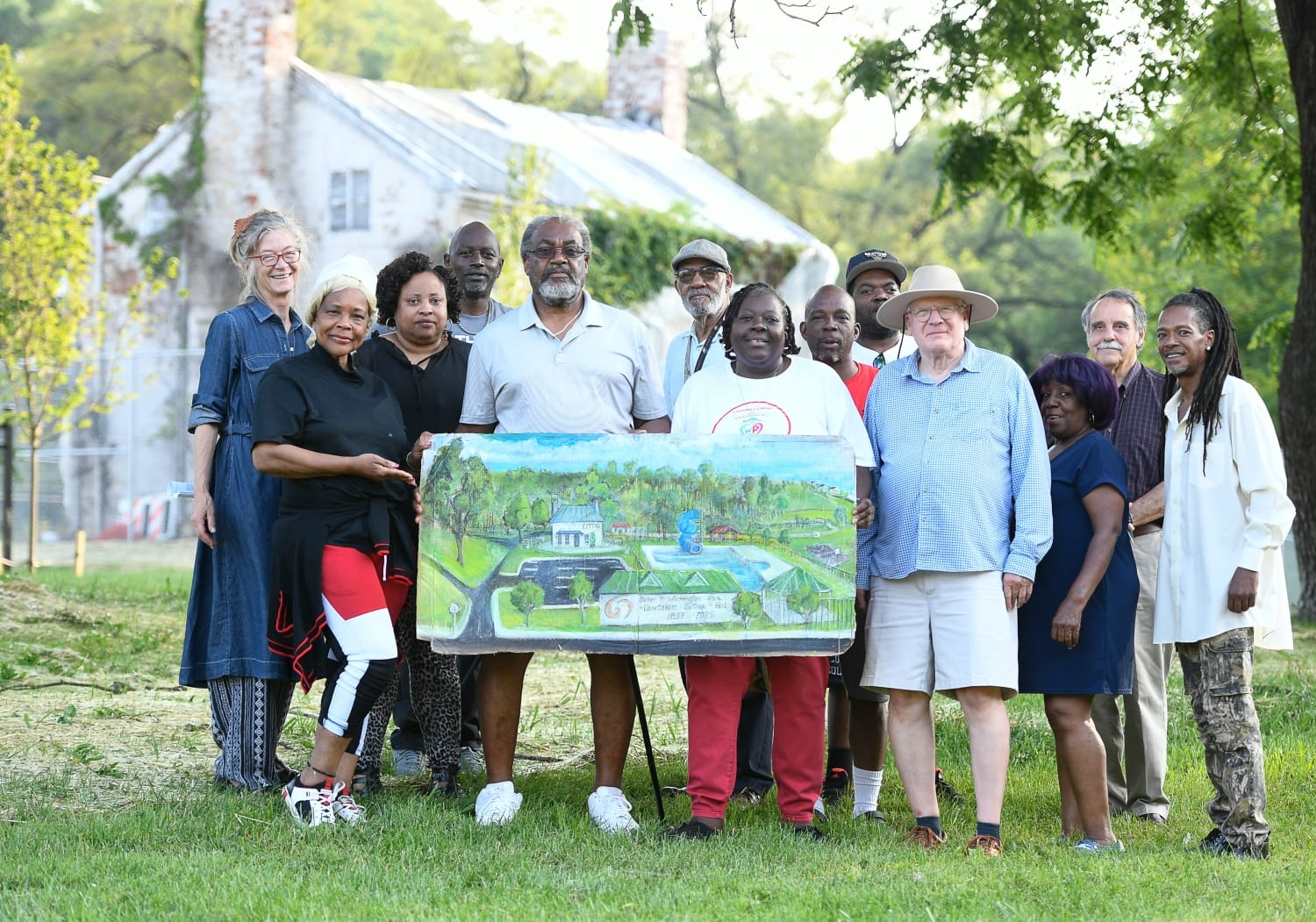
Vice Mayor Terry McGuire and Councilman Phazhon Nash are part of the new council majority that supports saving the cottage.
Nash, the council’s lone Black member, said his grandparents told him stories about how they walked through Washington Park and what it meant to them. The fact that there have been attempts over the years to save the cottage and nothing’s happened while the city has let the structure decay is an example to him that the council hasn’t listened, Nash said.
Meanwhile, there are historical issues that people care about that can be reduced to the way a shingle is laid on an older home in certain sections of the city, he said.
“We care about the history of everything else,” he said, in reference to what’s not happened with the Washington Park cottage.
McGuire said it will be a “gift to the city” if the cottage can be restored. He said Friends of Washington Park should be credited with doing “a ton of outreach.”
'Critical step in honoring that history'
Cobb, on behalf of the city council, signed a May 22 letter of support for the $800,000 grant request that’s been made by the Christiansburg Institute. The letter was sent to the Virginia Department of Historic Resources, which manages the Black, Indigenous and People of Color Historic Preservation Fund (BIPOC).
“Roanoke is deeply committed to preserving the rich histories of our Black and Indigenous communities and this project represents a critical step in honoring that history,” the letter reads.
It’s the full council’s strongest public action yet on the matter, and its letter comes after a similar one from Turner, the city manager, in support of the BIPOC grant.
McGuire said he’s hoping the grant funding for the cottage renovation is secured.
“Things will start falling into place” if that happens, McGuire said he believes.
What if it doesn’t come through? McGuire said there will likely be a “major pause and reassess.”
This year, there are 58 applications requesting about $28 million for an award amount this round of $2.5 million, Caitlin Sylvester, grant coordinator for the state Historic Resources Department, wrote in an email. The department will be making award announcements in early fall and running another round of the program next spring, she wrote.
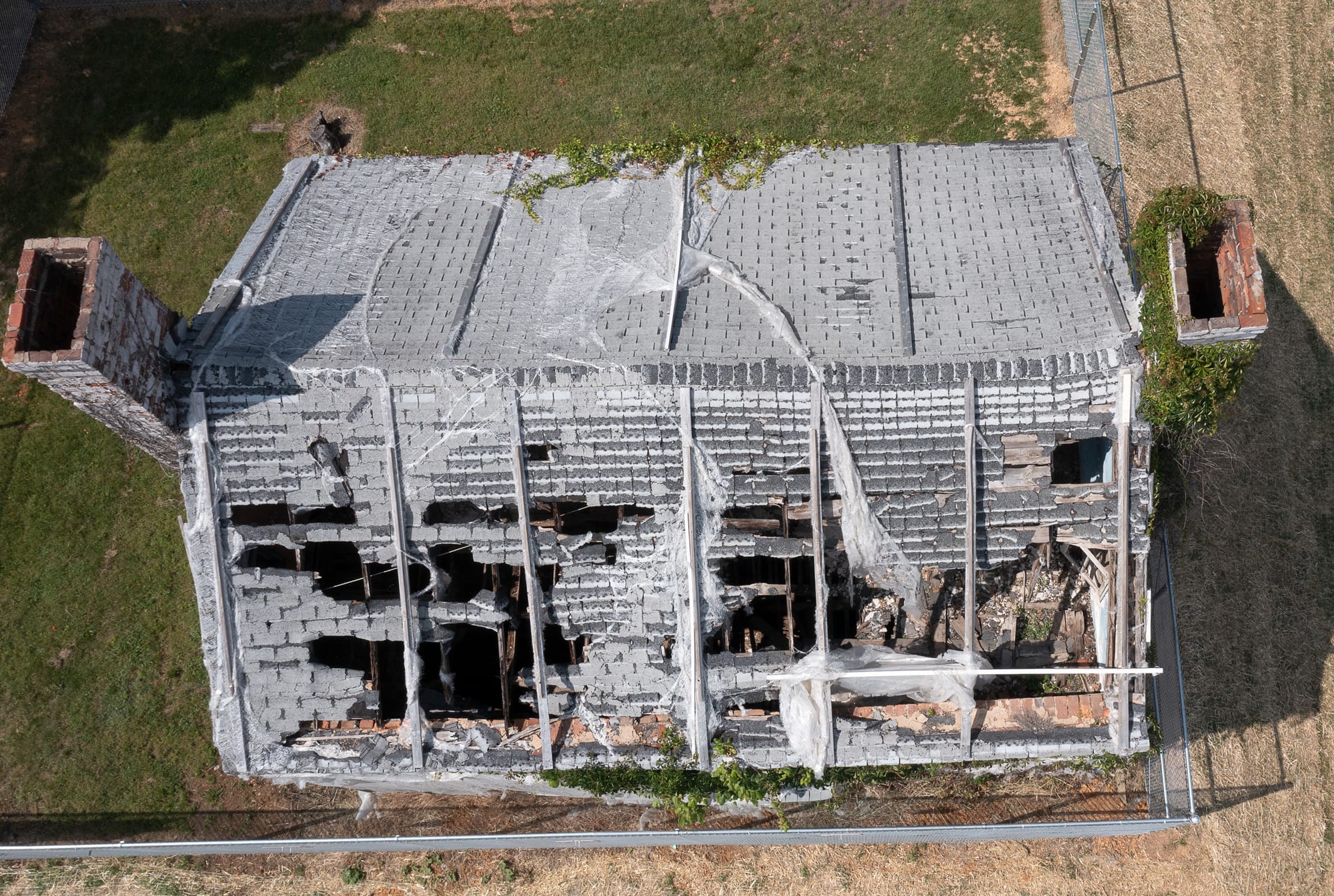
Christiansburg Institute’s director, Chris Sanchez, said his group’s involvement with the effort creates a synergy that makes historical sense. Booker T. Washington — the Roanoke park’s namesake — was an advisor at the Christiansburg Institute. Sanchez says he’s heard stories about the African-American ties to Roanoke’s Washington Park and those that traveled there due to its significance in the region.
Sanchez told the council during the May meeting that he believes an $800,000 grant award will pay for an inside-and-out restoration of the two-story structure, which is a little over 900 square feet. That would bring it to a condition so it would be ready for additional redevelopment for whatever use is chosen.
Sanchez says $400,000 to $500,000 could potentially cover a focused scope, such as roof repair, window restoration, masonry work, and other critical stabilization needs. Sanchez and others have also emphasized that other grants for the project could be available — and if any money is awarded through the BIPOC program — that could potentially be used to leverage other funding.
The cottage’s potential use remains the crux of debate, including questions about why that has yet to be determined.
More than a year ago, developer John Garland offered a $300,000 restoration plan which would include the property being leased back to the city at a monthly cost estimated at $2,500. Garland, in a recent interview, said former City Manager Bob Cowell informed the council at the time about the offer and there was no interest in pursuing it. The council around the same time was moving toward a decision to demolish the cottage. Garland said if he would have been allowed to restore the cabin, the city could have found a use that generated some money that could have been used to pay the lease.
The current council is at least aware of Garland’s proposal, but it is not an option being discussed currently, Nash and McGuire said.
The grant application — which the state Department of Historic Resources declined to release because it is under review — identifies the cottage as a cultural heritage site and educational asset in broad terms but does not specify any definitive adaptive reuse plans, according to Sanchez.
Garland said he believes it makes perfect sense for a restored cottage to be incorporated as a use with the new pool.
Nash, the city councilman, said he has a similar idea. He said at its smaller size, the cottage can fit about 30 people comfortably, based on his research. He said it could be used in a variety of ways related to the pool. And he said its walls could become a niche museum to tell the story of the park, which could be a bridge from a challenging history — including the park being built on the site of a former landfill — to a brighter future.
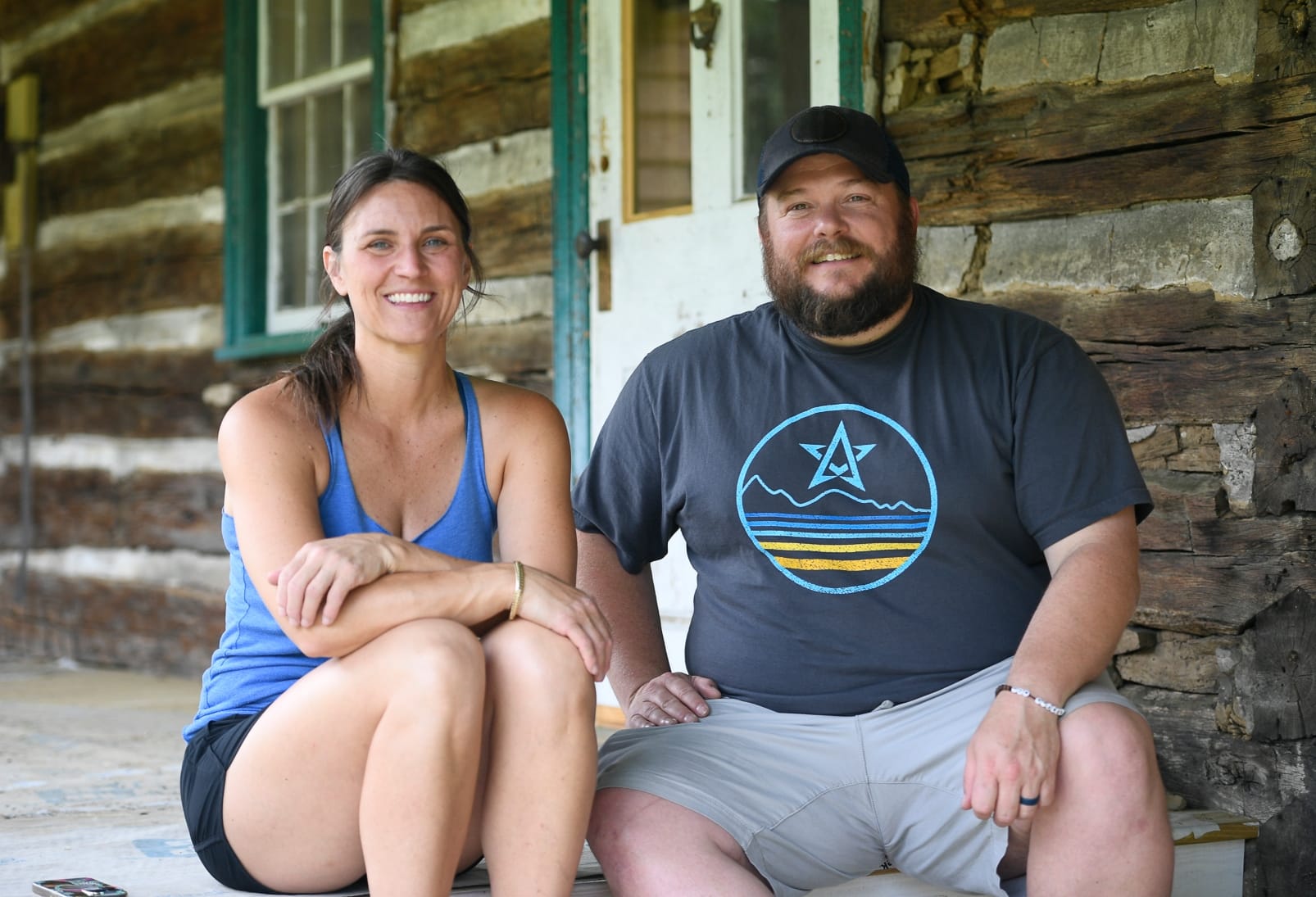
'Does it bring people together?'
The vanBlaricoms filed their “Fishburn Perk” plan with the city in 2022 and it went through an approval process that included neighborhood opposition. The vanBlaricoms said they did not expect the intensity of opposition that ensued.
One issue was the city selling public park land and the structure for a private business purpose.
However, after months of discussion and contract negotiations, a city council majority had agreed to support a final plan. But at the last minute, the majority fell apart amid continuing criticism and the council voted against it.
The vanBlaricoms then regrouped and the proposal was revived and later approved by the council. One significant change was added: The city can buy the cottage and land back if the vanBlaricoms decide to sell it.
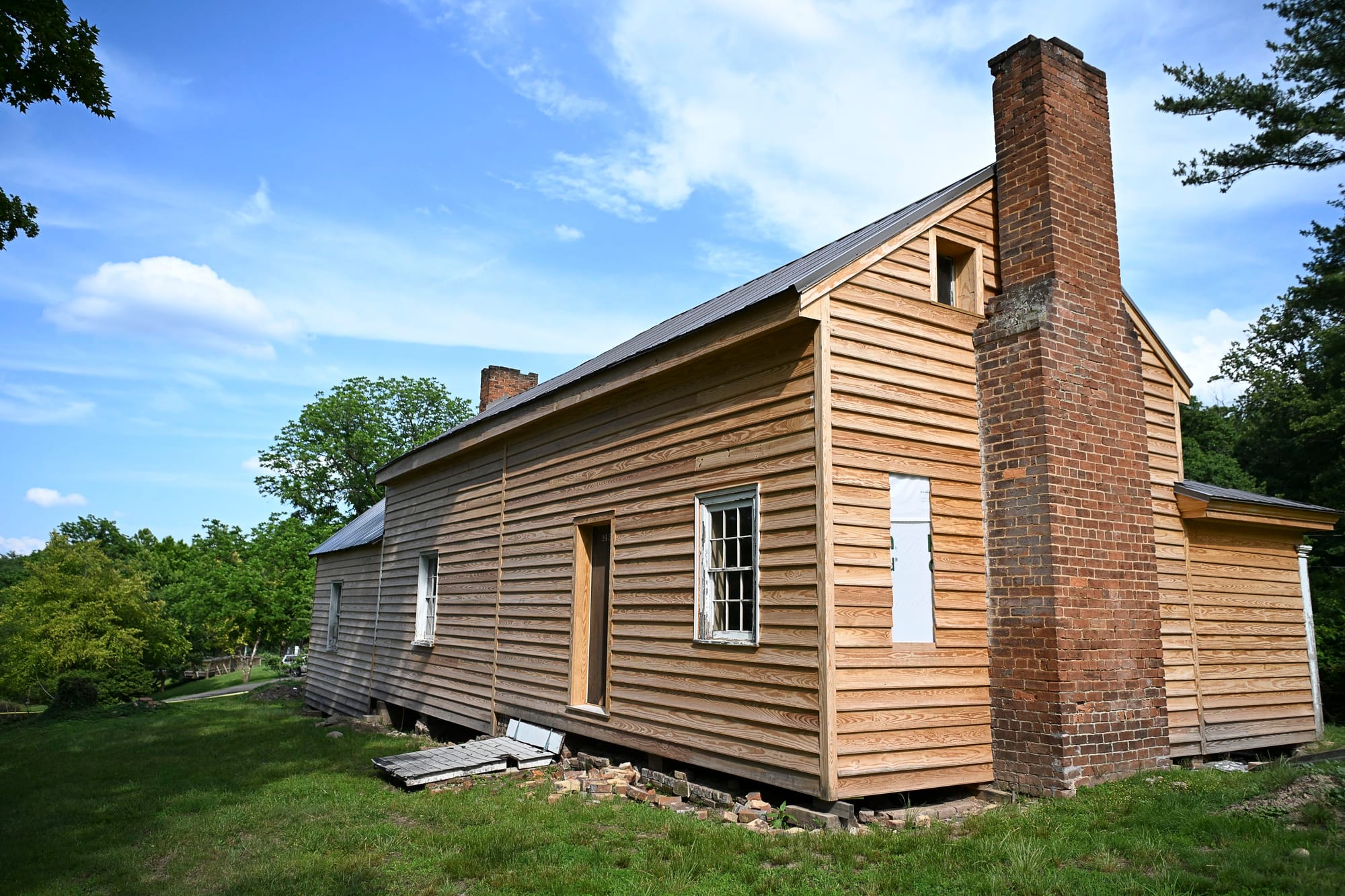
Some neighborhood opposition has remained, and there has been litigation involving two former members of the Grandin Court Neighborhood Association, Owen McGuire and Freeda Cathcart. Association members ousted the pair in 2023, frustrated by their actions in opposing the Fishburn Perk plan.
Owen McGuire — who is not related to the vice mayor — sued the vanBlaricoms to try to stop the project. McGuire sought to void the Fishburn Park sale based upon the alleged failure of the city to follow the hearing requirements prior to conveying the land. A circuit court judge tossed the lawsuit, and an appeals court agreed with that decision. Gary Bowman, McGuire’s lawyer, said he will likely appeal to the state Supreme Court.
Meanwhile, the vanBlaricoms sued Cathcart for defamation over an op-ed she wrote in The Roanoke Tribune, alleging the couple was motivated by “outward racism” in restoring the cottage. The vanBlaricoms have dropped their suit, saying they are now focusing on the completion of the project.
The couple has been through much in recent months. Their Noke Van Co. is back in business, just a few buildings away from one that burned down at Riverdale in April.
They remain excited about the Fishburn project. Financing the 1,165-square-foot cottage includes historic tax credits, and the renovation is requiring a cabin’s worth of red tape. Just this week, the vanBlaricoms said they have been waiting on the city to locate a nearby power pole on an official document, something that has to be done for a portion of the project to proceed.
Justin vanBlaricom said choosing the tax credit route is an assurance to the city and the community that the cottage will be properly restored.
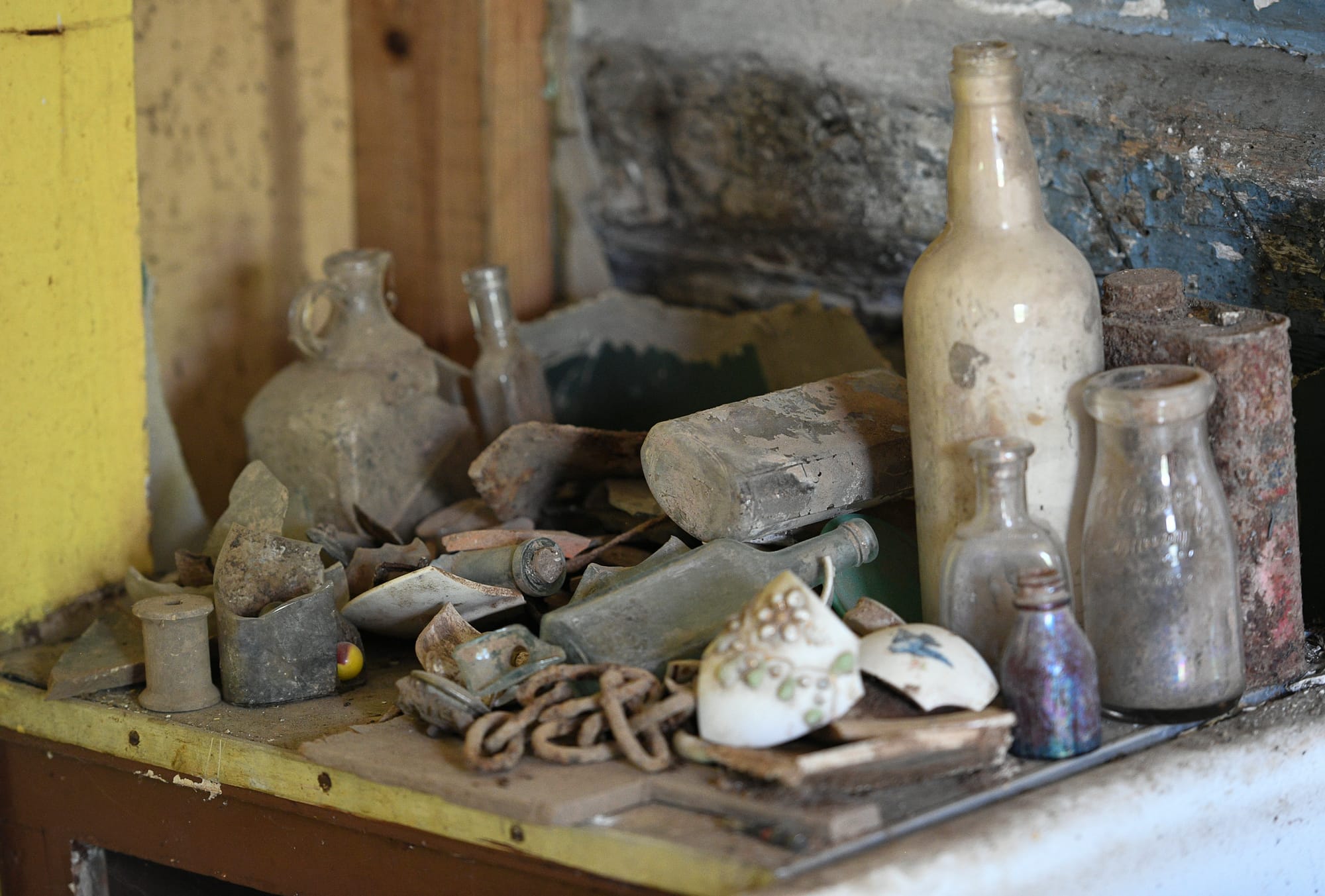
The anticipation is obvious in Keri vanBlaricom’s voice as she talks about the work being done to the park cottage: where the sitting area will be, where employees will take customer orders, and the deck that’s planned out back.
She says she’s thought about a synergy that could be created between the Fishburn and Washington Park cottages. One idea would be a barista training program, potentially involving high school students and that could dovetail well with the mission of the Charle W. Day Technical Education Center, she said.
When asked if they would pursue the Fishburn Perk plan if they would have known what the project would face, Keri vanBlaricom said: “That’s the question for the neighborhood setting, what do we do with our life and does it bring people together? So the lessons learned out of it, yes, I’d do it again. We’re pretty stubborn, determined people.”

